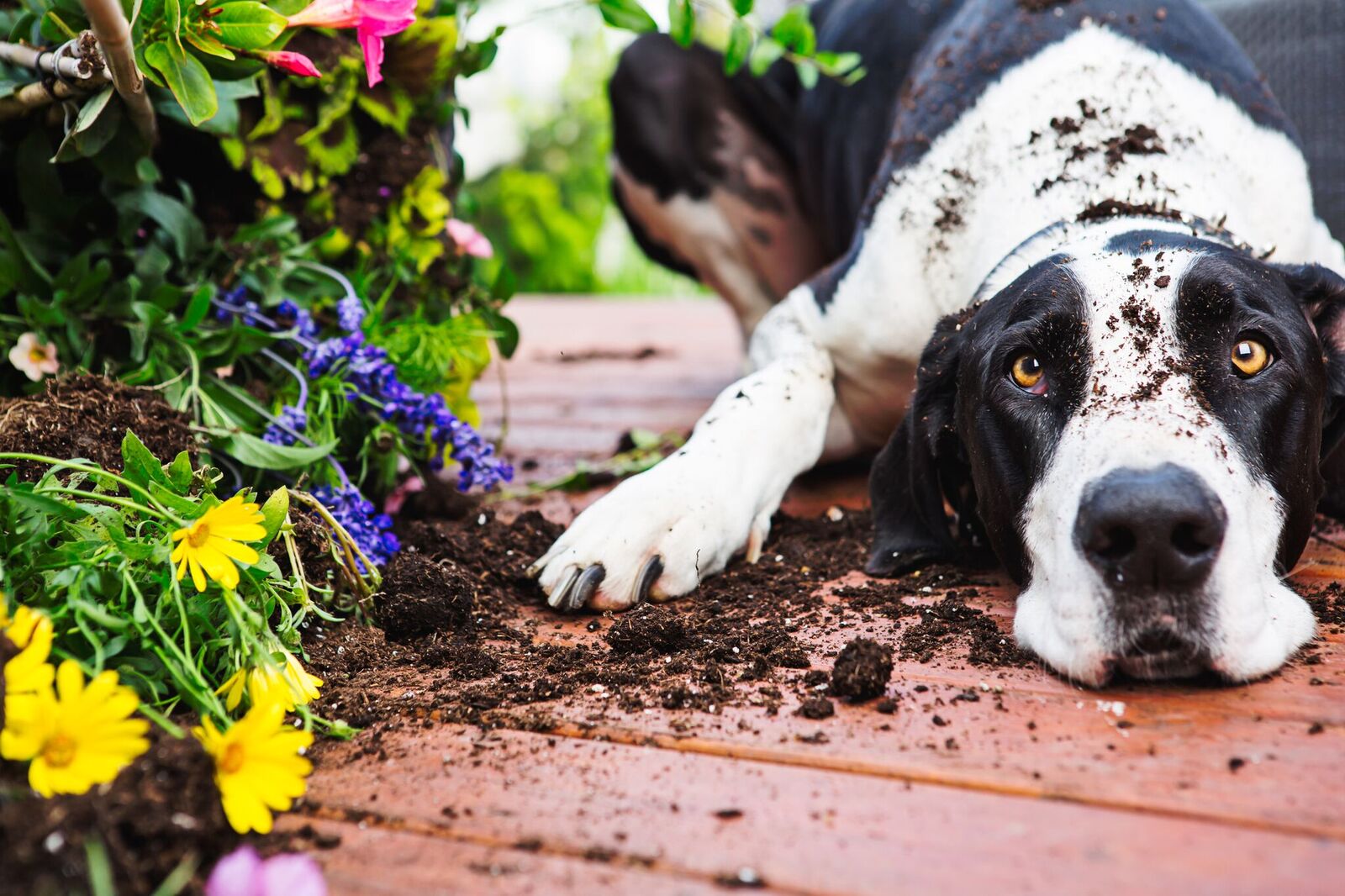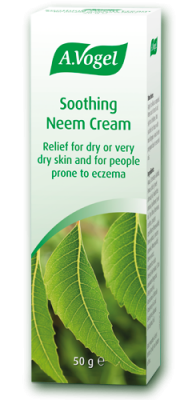Animal dander

There is a slight misunderstanding about what causes pet allergies as most people assume the problem lies with the animal’s fur when this simply isn’t the case. Instead the problem lies with animal dander which is the urine, saliva and dead skin cells that animals shed.
Dander can cause a whole host of problems for those with a pet allergy including itching, redness around the eyes and a sore head as the immune system over-reacts to the substance. Also, if this dander reaches the nasal passages it can result in a blocked nose, sneezing and even a sore throat.
Hypoallergenic breeds
It has been suggested that hypoallergenic breeds such as the poodle, Maltese and labradoodle are less likely to bring on allergy symptoms. This, it is suggested, is because of their smaller size, their type of fur or their length of fur. However, overall the term hypoallergenic breed is quite problematic.
Firstly, allergies are caused by dander which all dogs produce so even if you chose a hypoallergenic breed, there’s no guarantee you’ll be able to control your allergy. This is backed up by study conducted by the Henry Ford Hospital in 2011 as researchers found that there were no significant difference between hypoallergenic dogs and non-hypoallergenic dogs in terms of their allergen levels.1
See my blog ‘What’s the best breed of dog for allergy sufferers?’ for more information.
So, can I be allergic to a certain breed of dog?

The answer to this question is not clear cut. On one hand it is possible to be allergic to a certain breed of dog because that individual may produce lots of dander. However, on the other hand, two dogs of the same breed can produce different levels of dander so you could find you are allergic to one and not the other. Therefore, overall the breed has less influence over allergy symptoms as the problem lies with the amount of dander being produced.
Also, as all dogs produce dander, they all have the potential to bring out allergy symptoms. This means there is no such thing as an allergy-free dog, or an allergy-inducing dog as, regardless of the breed, you can’t really avoid the problem.
Managing dog allergies
If you require a helping hand to manage you allergy symptoms, we have a few herbal remedies that might help.
Our Neem Cream for example, soothes and calms redness, itching, pain, discomfort and irritation on the skin that dog dander may have caused.
Also, our Moisturising Eye Drops can aid dry, tired and irritated eyes that can arise due to dander.
For more tips on controlling your pet allergy, have a look at my blog ‘Top tips for dog owners living with a pet allergy’.
1 https://www.sciencedaily.com/releases/2011/07/110707161738.htm










